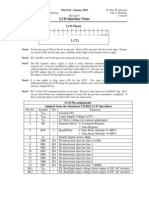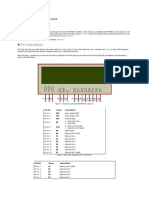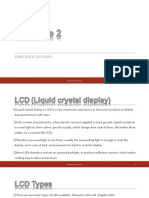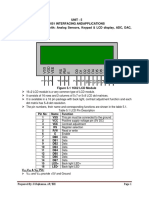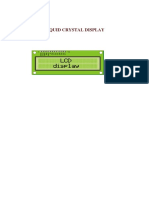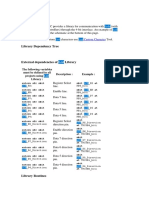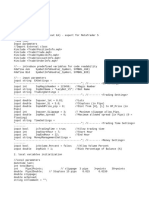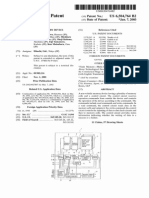0% found this document useful (0 votes)
91 views43 pagesLCD and Keyboard: Sepehr Naimi
The document discusses LCD displays and their components and usage. It describes the internal RAM and registers of an LCD, including the DDRAM for storing display data and CGRAM for character fonts. It also covers LCD commands for clearing the display, setting the cursor position, and controlling display and cursor states. The pinouts of an LCD are explained along with the roles of the data, control, and power pins.
Uploaded by
Kato PassamulaCopyright
© © All Rights Reserved
We take content rights seriously. If you suspect this is your content, claim it here.
Available Formats
Download as PPS, PDF, TXT or read online on Scribd
0% found this document useful (0 votes)
91 views43 pagesLCD and Keyboard: Sepehr Naimi
The document discusses LCD displays and their components and usage. It describes the internal RAM and registers of an LCD, including the DDRAM for storing display data and CGRAM for character fonts. It also covers LCD commands for clearing the display, setting the cursor position, and controlling display and cursor states. The pinouts of an LCD are explained along with the roles of the data, control, and power pins.
Uploaded by
Kato PassamulaCopyright
© © All Rights Reserved
We take content rights seriously. If you suspect this is your content, claim it here.
Available Formats
Download as PPS, PDF, TXT or read online on Scribd
/ 43














